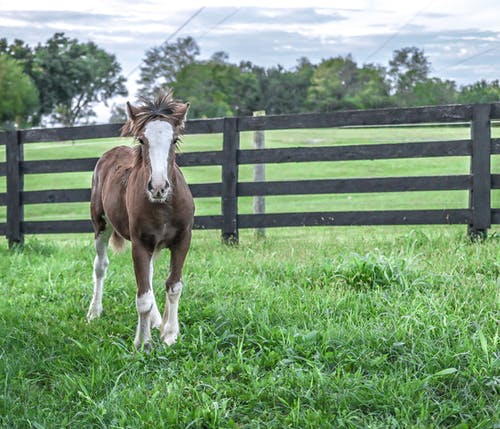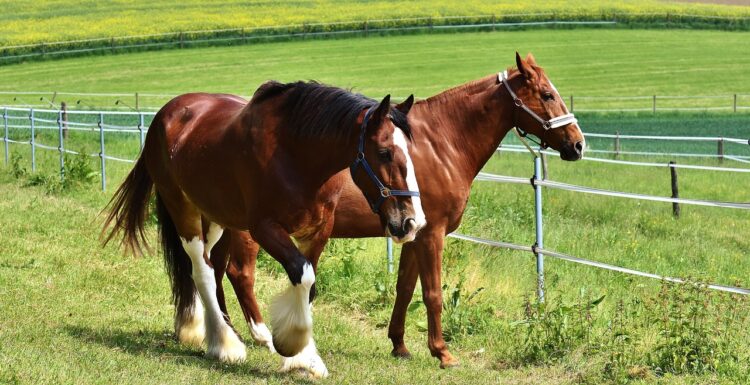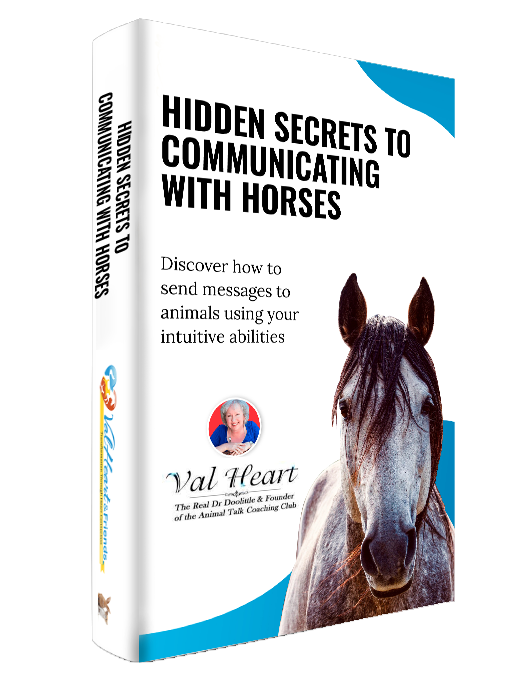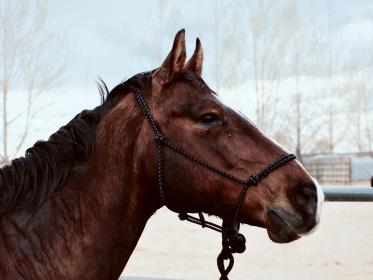Paddocks and Pastures: Creating A Healthy Space For Your Horse
While horses may be an alternative to a gas-guzzling vehicle, they can’t be “garaged” like a car. If you are one of the many Americans involved in the equine industry, you know that horses use paddocks and pastures for grazing, relaxing and playing.
You’ll also know that the open space allows for movement and exercise – both keys to a healthy, happy horse. All horses should be turned out regularly as a welcome alternative to being stalled, at least part-time. But, what pasture size is an adequate amount of space for a horse?
While pastures and paddocks that are too small can cause behavioral issues for horses, the old rule of thumb “one acre per horse” may not apply for most horses and riders any more.
According to the University of Nebraska-Lincoln Extension, an adult horse without a paddock needs two acres of open space, but allocating that much room for a single horse is beyond the resources of most owners and stables.
If your horse is exercised in a field or arena, and you feed him in his stall, even one acre may be too much pasture space.
What Size Paddock?
If you have a performance horse that is housed part-time in a stall, and gets ridden several times a week, they will get sufficient exercise and be more likely to relax and graze in the pasture.
If they are eating in their stall, they won’t need to rely on pasture grass for their nutrition.
For a horse that is regularly exercised, a quarter-acre of land or less that has plenty of pasture grass per horse is perfectly sufficient.
Some owners offer their horses only 150 square meters of paddock space, while others turn them out into a grazing strip paddock.
A strip paddock allows your horse to graze, but does not provide enough space for them to run or play.
While it is not the best solution for every horse, it does work well for horses that compete heavily. If your horse is not used for heavy riding or competition, it generally requires more space in their pasture and paddock, especially if they are turned out all the time and depend on grass and hay for their nutritional needs.
Providing large paddocks and pastures serves several purposes:
- · To separate horses and give them room to sort out differences.
- · To provide fresh pasture grass.
- · To allow for running, playing and other exercise.
- · To give a change of scenery and relieve boredom.
Rotational Grazing
If you don’t practice rotational grazing, paddocks and pastures are likely to grow fallow, become filled with manure, and end up as a large expanse of dirt and weeds.
In turn, your horses will become malnourished because there is nothing to graze on.
With rotational grazing, you allow one area of pasture to rest, while grazing your horse in another.
This gives you the opportunity to rent equipment such as a backhoe to clean the resting pasture of manure, level the ground, fill any holes, and allow the grass to re-grow.
Paddocks and Stalls
The best setup for a horse is to provide a paddock and stall.
The horse can find shelter at night from insect activity while resting and sleeping, and during the day, they can use the paddock to play, graze, and exercise.
One easy solution is a conjoined paddock and stall, which allows the horse to move freely between the two areas.
Some stables offer conjoined paddocks and stalls for their horses.
As a horse owner, you must decide what is the most appropriate scenario for your particular horse, and if you are unsure how large of a paddock or pasture you need, a trainer or veterinarian can give you guidance.
Download my FREE Ebook Hidden Secrets to Communicating with Horses – just click on the picture below!
This article was previously published December 12, 2013, and was updated on June 5, 2023.
Enjoyed this article? Here are three more to help you:
How To Help Your Horse’s Winter Colic
Can Iodized Salt Help Make Your Horse Healthier?
12 Things You Didn’t Know About Elise Gaston Chand and Horse Whispering








Leave a Reply